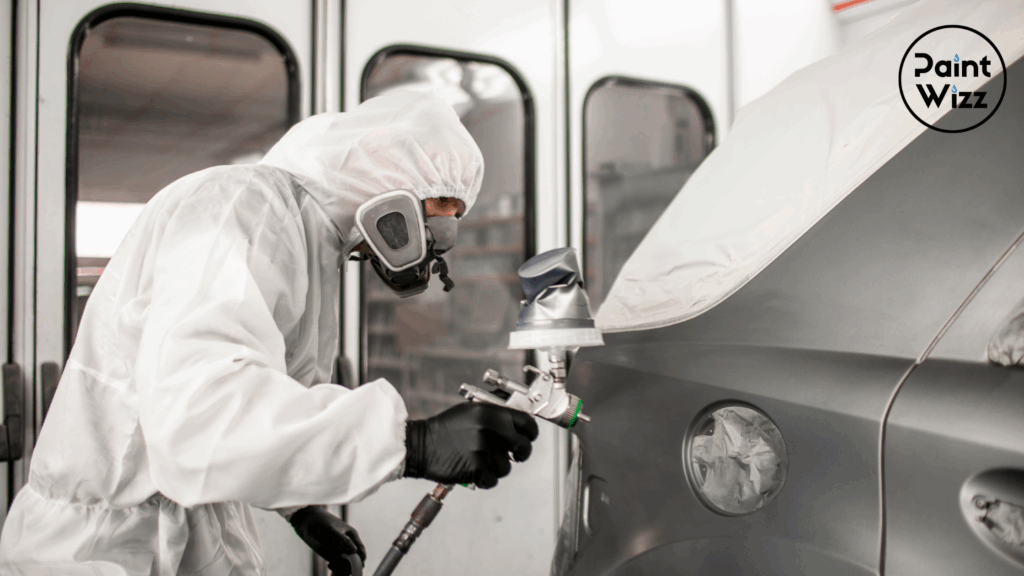Why You Should Still Charge for Blending Solid Colours – Even with Panel-to-Panel Repairs

Many workshop owners know the drill: you quote for blending, the insurer pushes back—especially when it’s a solid colour like white—and you’re left having to justify a charge you know is fair.
Let’s clear this up once and for all.
Yes, You Should Be Charging for Blending Solid Colours
Even if a repair ends up being done panel-to-panel, you should still be paid for the time and risk involved in achieving a near-perfect colour match. Blending isn’t always used in the final execution—but it must be considered during quoting.
In fact, trying to avoid blending often takes more time, requires more precision, and exposes your shop to more risk.
Backed by BASF: Blending Saves Time and Reduces Risk
Here’s what BASF says in their official statement (document attached):
“Tinting a colour to an exact ‘panel match’ is possible, but it is almost always more time-consuming than blending. Additionally, the amount of time required can be unpredictable and in the end, most likely will not produce the same undetectable repair that can be achieved by blending.”
So, if your shop spends the time to colour match to that level, you should absolutely be compensated—whether or not blending is ultimately done.
White is Not Just White
White is often treated like it’s a basic colour with minimal complexity. But anyone who’s ever sprayed a modern white knows:
- It contains other tint colours that influence final appearance.
- It often takes longer to match than more “complex” colours.
- Even a minor mismatch is highly visible, especially under direct light.
So, if an assessor tells you “it’s just white,” you already know they’re oversimplifying it—and you shouldn’t carry the cost for their assumptions.
Industry Standards Make This Clear
To avoid endless back-and-forth between non-painters doing quotes and assessments, most shops now follow standard quoting practices:
✅ Blend-in Should Be Quoted When:
- Painting adjacent panels of the same material, regardless of colour.
- Working with pearl or multi-stage colours, where blend-in is essential due to the nature of the paint.
❌ Blend-in Isn’t Typically Quoted When:
- Painting adjacent parts made of different materials (e.g., metal next to plastic) on solid or standard metallic colours, where minor variation is acceptable.
That said, if you’re still matching colours precisely panel-to-panel, the labour cost and risk remain real—and should be reflected in your quote.
No Paint Quoting System Includes Time for Colour Matching
Here’s a fact often overlooked: none of the recognised paint quoting systems include the time required to colour match for panel-to-panel repairs.
That means if you’re not quoting for blend-in, you’re absorbing the extra time and risk for free.
Don’t Let Your Shop Take the Hit
Blending is more than a technique—it’s a protection for your shop. It reduces risk, improves quality, and ensures you’re not financially penalised when a solid colour proves more complicated than expected.
📥 Download the official BASF explanation for backup next time someone questions your quote.
Let’s keep it simple:
- Quote for blending.
- Stick to industry standards.
- Don’t accept unnecessary risk without fair compensation.
Need help justifying blend charges or standardising your quoting process?
Sign up for a PaintWizz account today —we help workshop owners protect their margins and simplify assessments.
